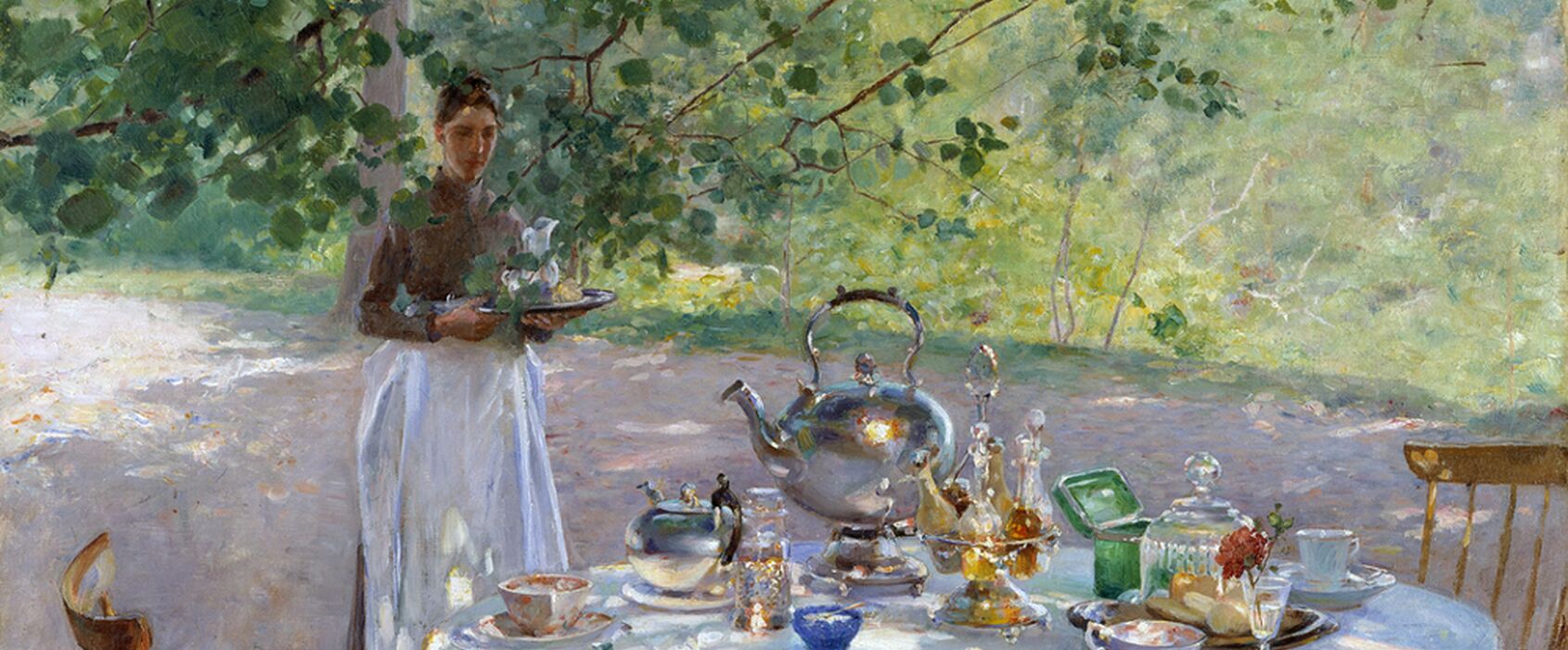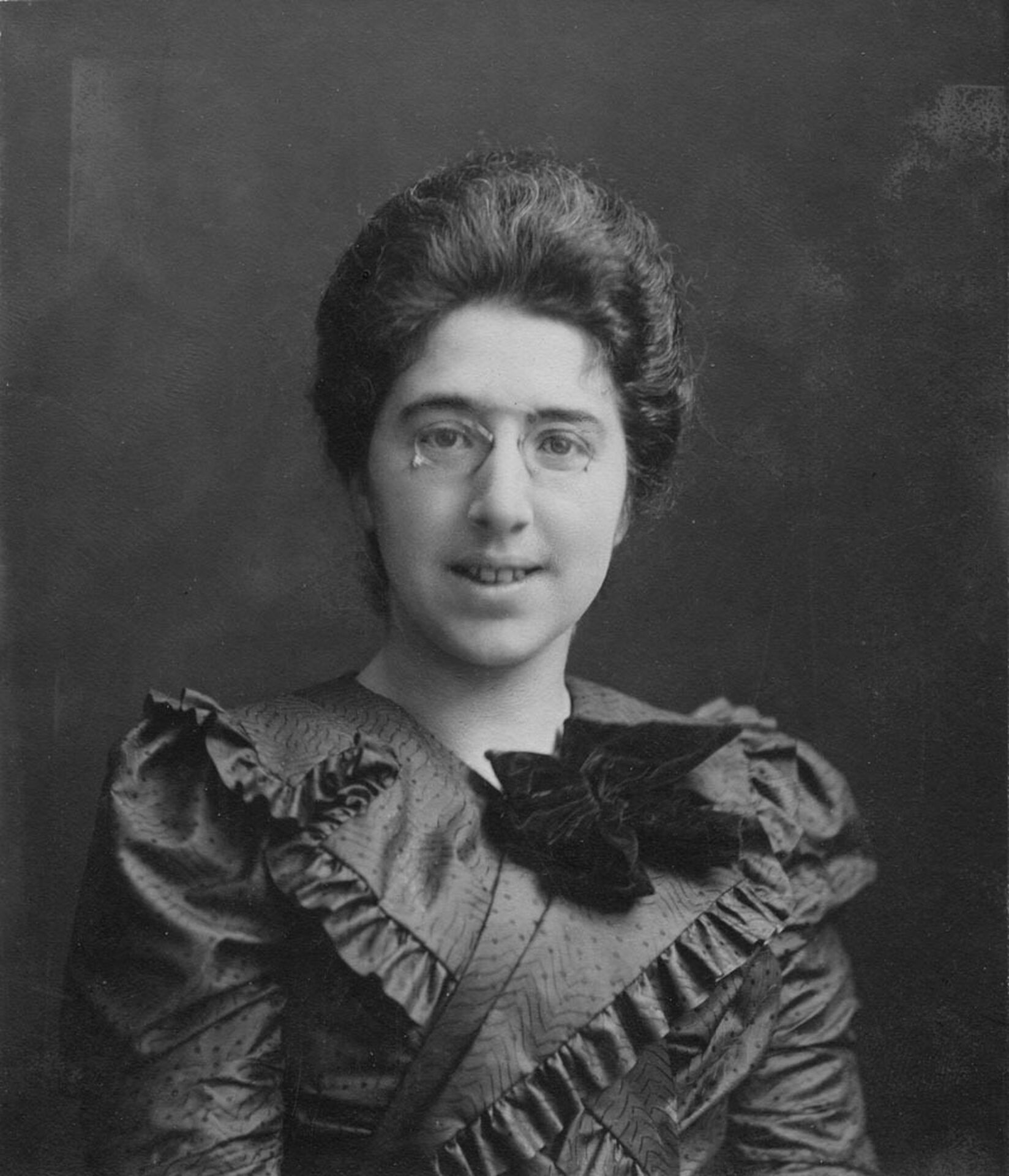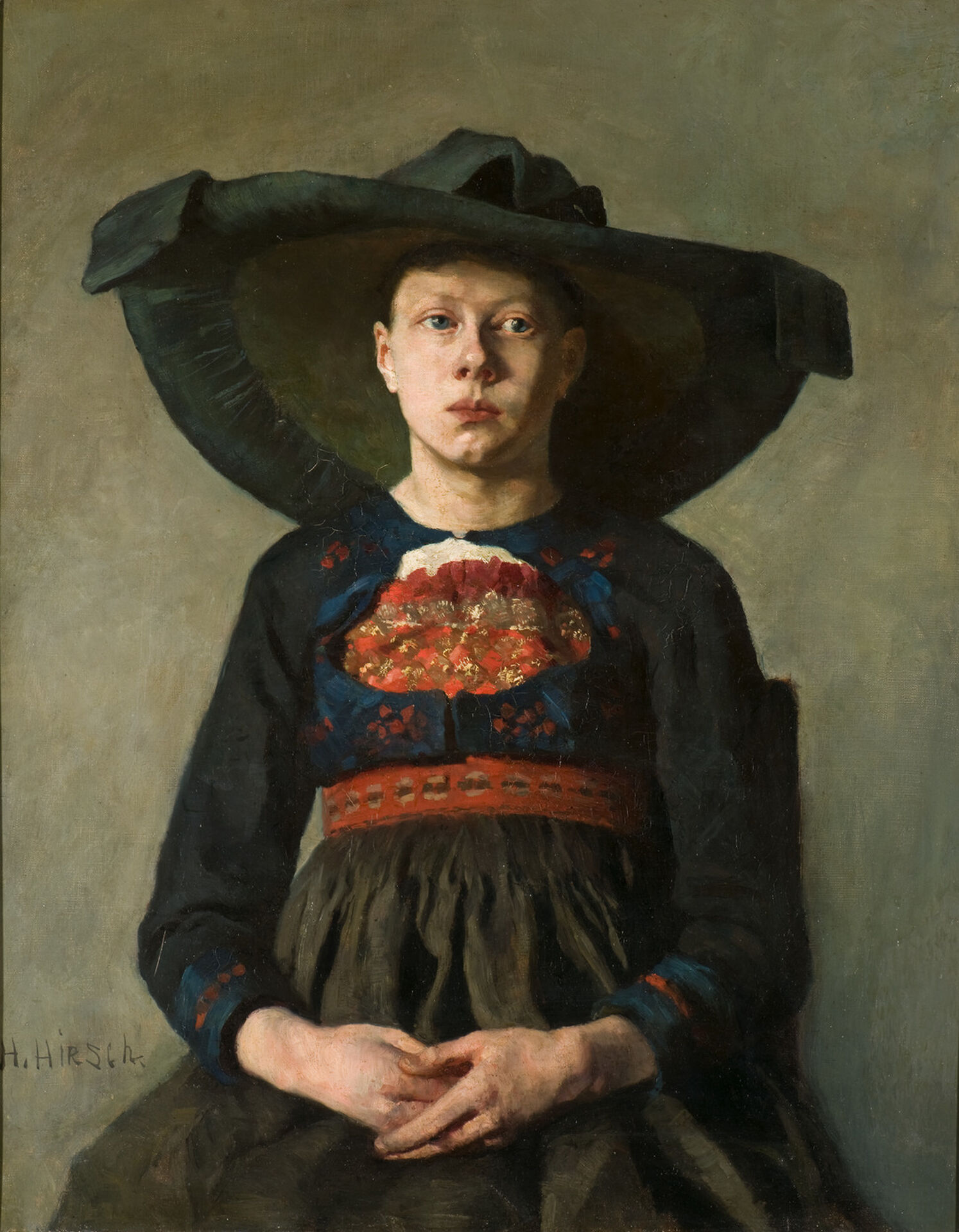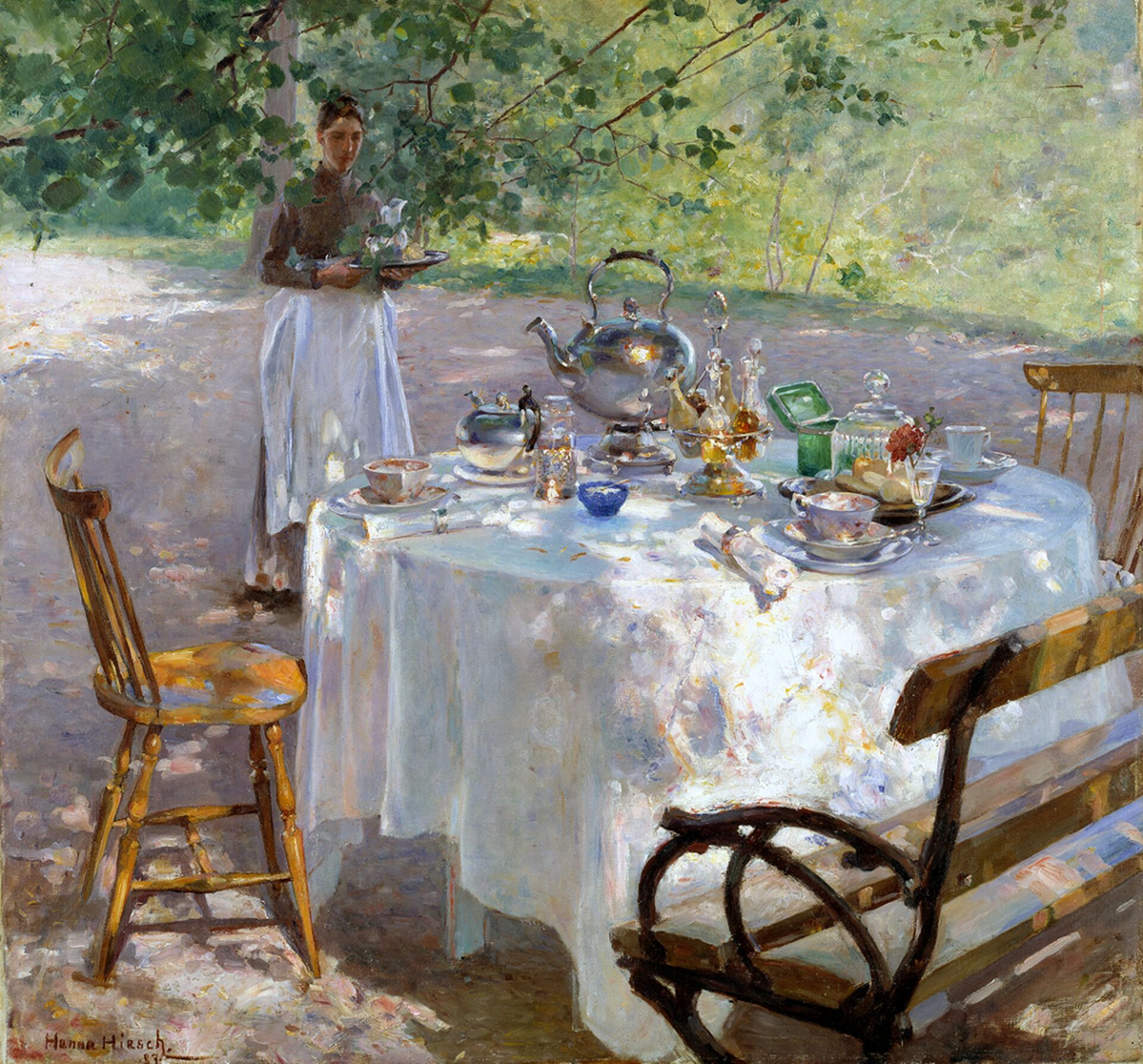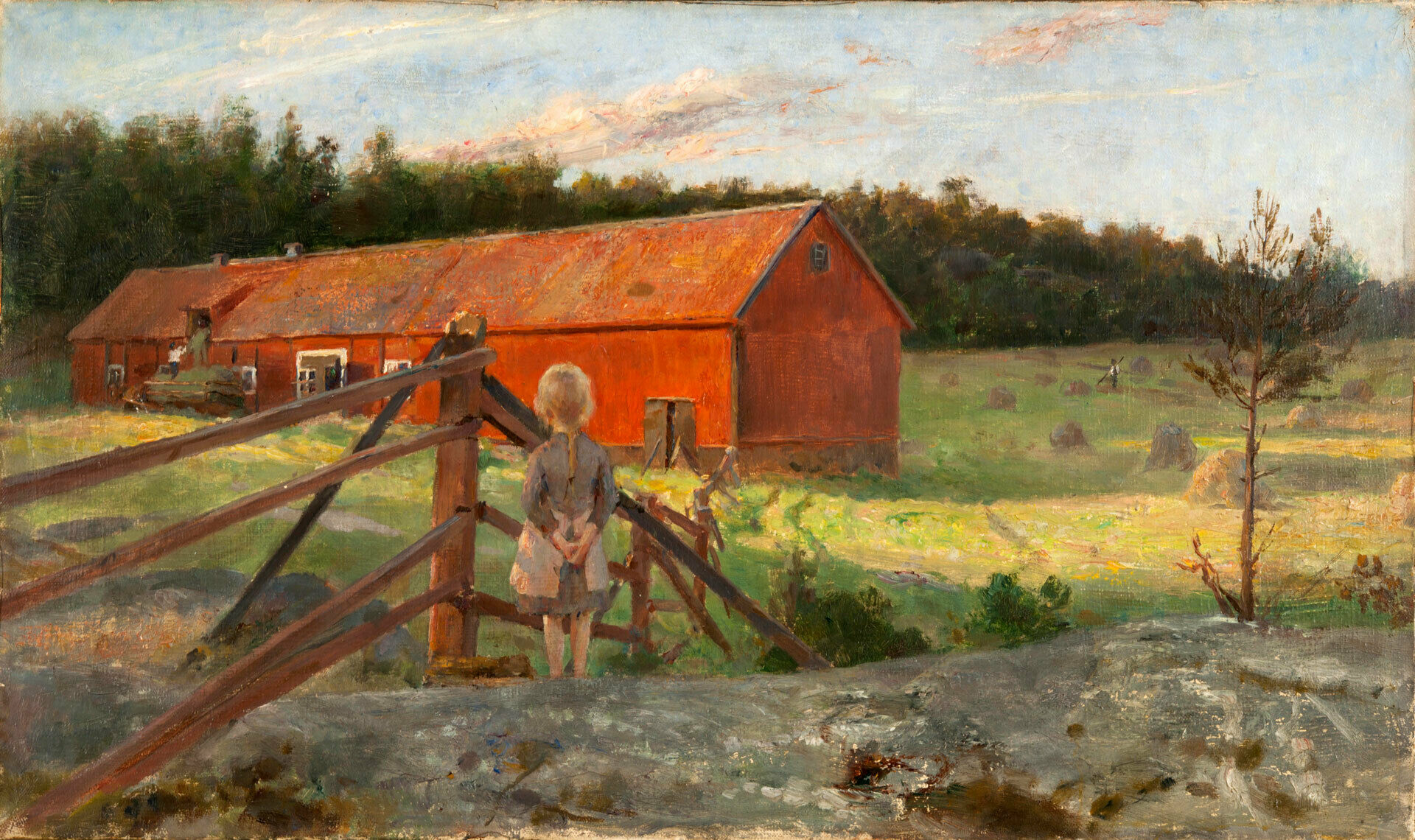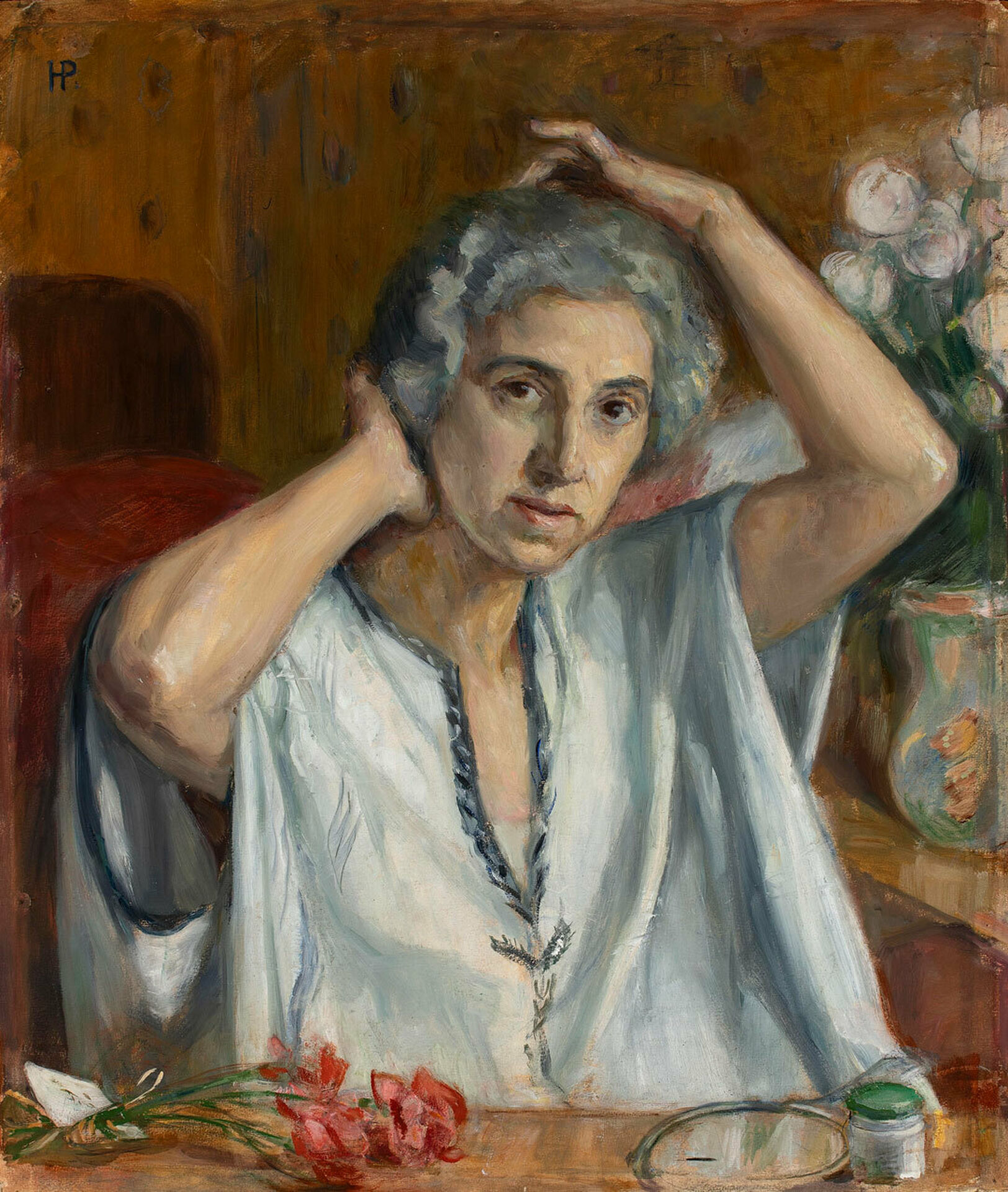Discover the artist behind the beloved painting Breakfast Time. Hanna Hirsch Pauli is one of the most ‘famous unknown’ painters in Nordic art from the turn of the 20th century. This exhibition presents a comprehensive picture of her work for the first time. It also gives you the chance to get to know Hanna Hirsch Pauli as both an artist and a person.
Hanna Hirsch Pauli is one of the most popular and well-known of the Swedish artists who were active at the turn of the 20th century. When she broke through as an artist in the 1880s, her style of painting was regarded as radical and innovative in terms of both choice of subject and stylistic execution. She painted iconic works such as The Artist Venny Soldan-Brofeldt and Breakfast Time. She was neither marginalised during her lifetime nor forgotten after her death. Yet much of her output is unknown to a wider audience, and her fascinating life story has remained largely unexplored.
Artistic development over six decades
The exhibition features more than 130 works that were created over six decades, during a long and intense life as an artist. It follows Hanna Hirsch Pauli’s personal and artistic development from her upbringing in an upper middle class Jewish family and her education at the Royal Academy of Fine Arts in Stockholm, to liberating years of study in Paris, marriage, children and her establishment as a portrait painter in turn-of-the-century Stockholm, and, finally, late self-portraits created in the 1920s and 30s in which the artist explores her place in life during turbulent and increasingly threatening times.
The exhibition is based on new research and newly discovered archival material. It is the first monographic exhibition and the most comprehensive presentation ever of the work of Hanna Hirsch Pauli. Paintings, drawings and sketches are complemented by a selection of works by her contemporaries such as her husband Georg Pauli, Carl Larsson, Richard Bergh, Eva Bonnier, Ernst Josephson and Fanny Brate. Many of the paintings are on loan from Hirsch Pauli’s relatives and other private collections, and have never or very rarely been shown publicly. Many works have undergone conservation by Nationalmuseum conservators over the past six months as part of a substantial restoration campaign to ensure that this important cultural heritage will be preserved for a long time to come.
A close-up portrait thanks to new research
This exhibition is the result of a research project spanning several years which is based on sensational archival discoveries: the artist’s extensive correspondence, photo albums and working materials in the form of sketchbooks and drawings. This unique archival material, which has never before been available for research, allows us to get closer to Hanna Hirsch Pauli as both a person and an artist than has previously been possible. She talks about her paintings, her working process and her artistic vision. She discusses the big issues of life, love, friendship and the role of women in society. She reflects on Jewish identity, anti-Semitism, Nazism and political and societal developments. The rich source material reveals Hanna Hirsch Pauli to be a charismatic and strong-willed person, a headstrong artist who followed her own path. The exhibition paints an intimate portrait of one of Sweden’s most significant artists who was never on the fringes of Swedish cultural life, but right at the centre.
Exhibition curator
Carina Rech
Exhibition designer
Sara Al Adhami
The real Paris life – Hanna Hirsch's letters from Paris 1885–1887
In this video you will get a glimpse of Hanna Hirsch's life in Paris through the letters she wrote to her family and friends in Sweden. The letters are read by actress Nina Zanjani. Click on "settings" to change the subtitles to English.
Find out more
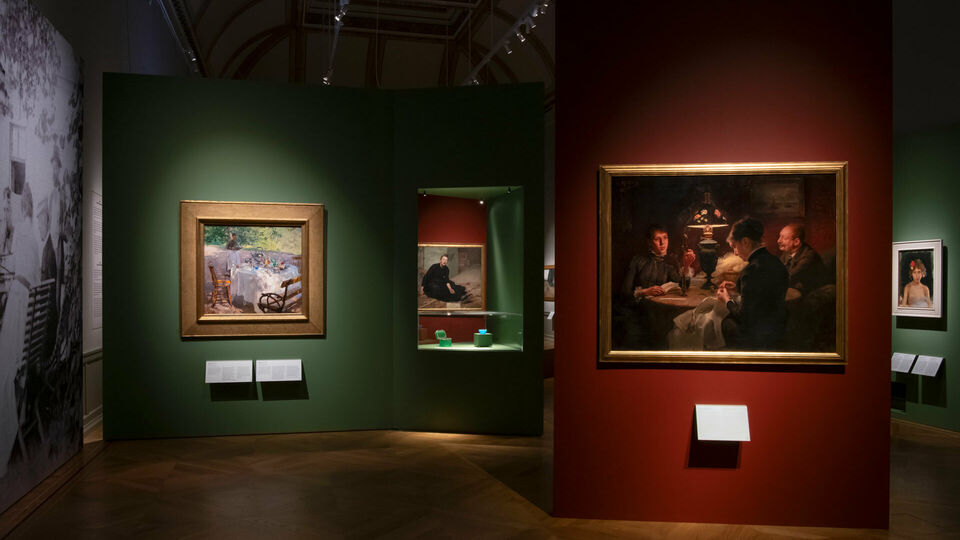
Audioguide
Download the museum's app and listen to thirteen tracks that guide you through the exhibition.
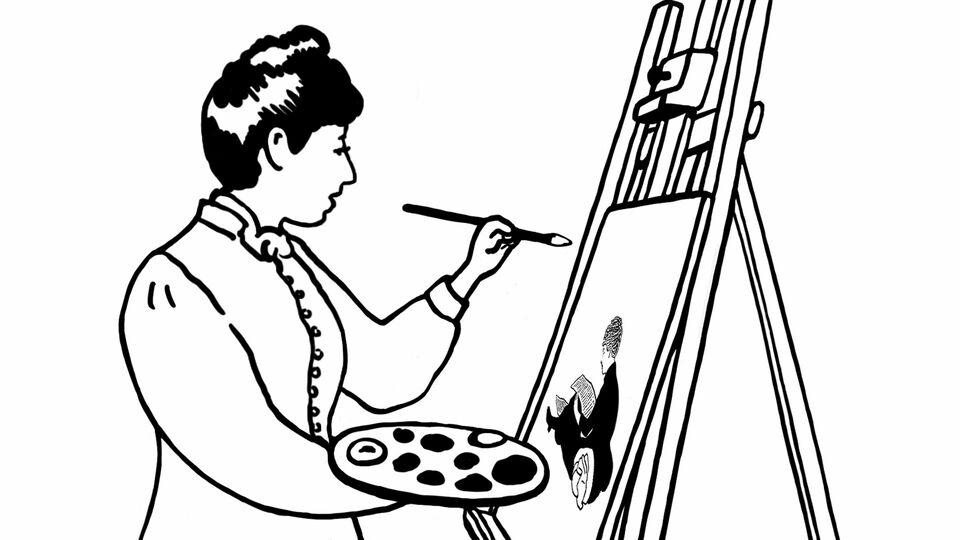
An llustrated letter story
Cartoonist Joanna Rubin Dranger has interpreted Hanna Hirsch Pauli's letters in an illustrated letter story
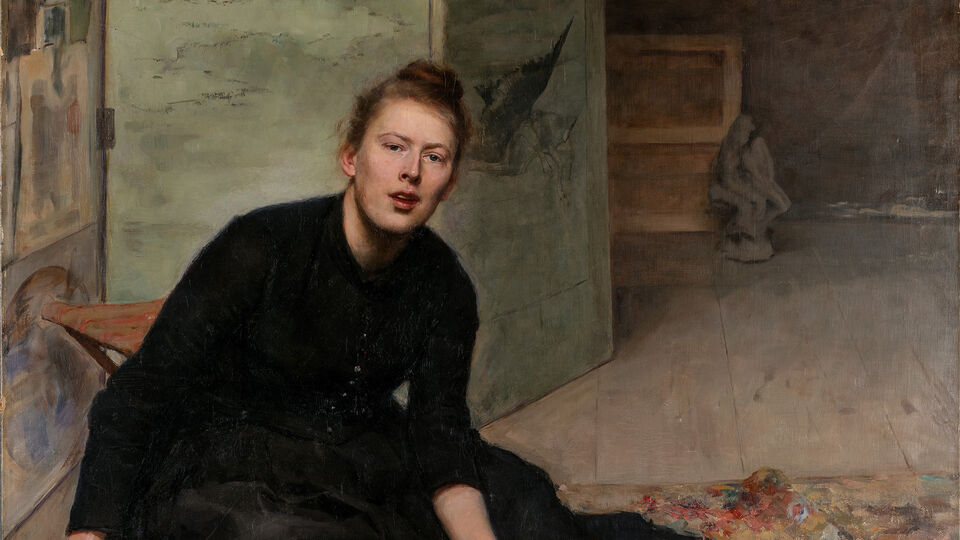
The Parisian letters
Read Carina Rech's article about Hanna Hirsch Pauli's letters from her time in Paris.
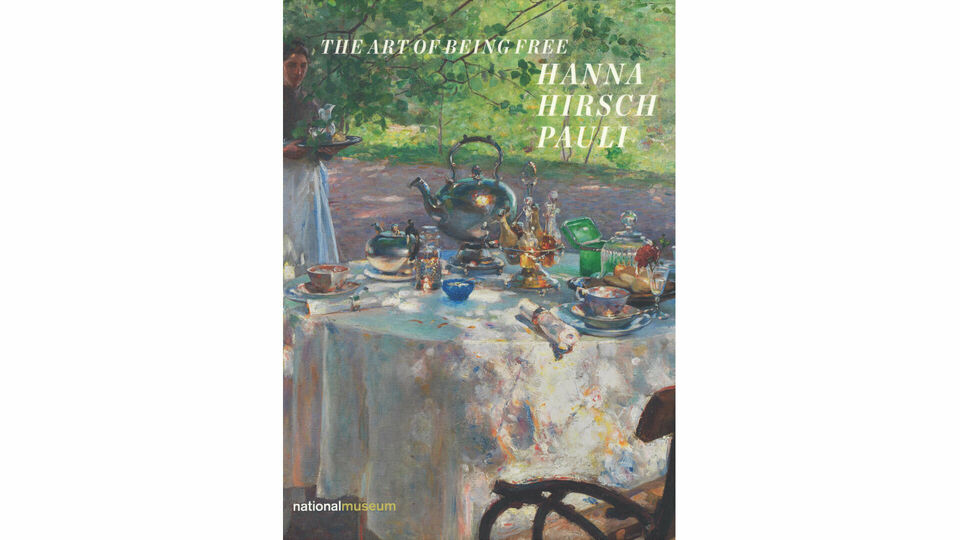
Exhibition catalogue
A richly illustrated, research-based catalogue that provides a representative overview of Hanna Hirsch Pauli’s artistic output.
